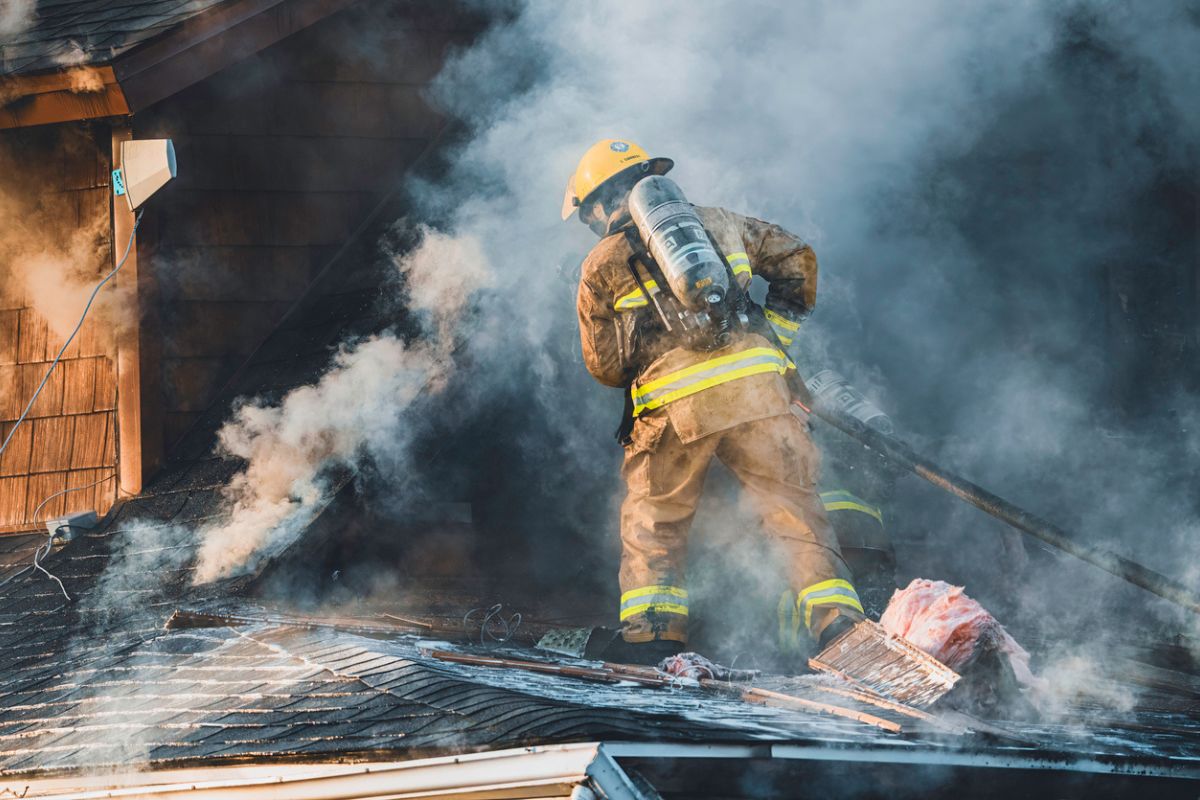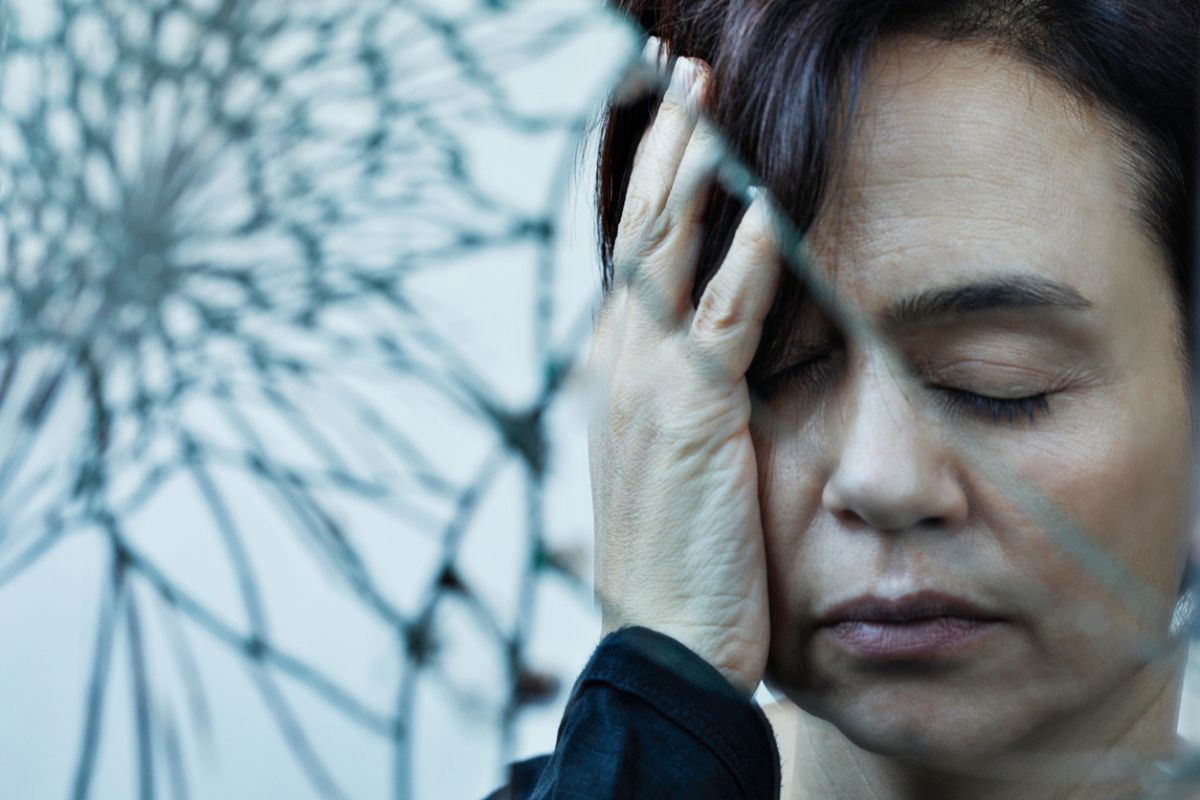Global cancer rates keep climbing. According to the World Health Organization (WHO), “About 1 in 5 people develop cancer in their lifetime. Approximately 1 in 9 men and 1 in 12 women die from the disease.” Worse still, the global health group predicts a 75 percent increase in cancer cases over the next 25 years.
Despite all that, and its persistence as the world’s second-leading cause of death, *less than 40 percent of the countries WHO surveyed “covered the basics of cancer management as part of their financed core health services for all citizens.”
So it’s little wonder that a cancer diagnosis can shake someone’s psychological well-being to the core. Whether it’s sudden, frightening questions about one’s mortality, facing a road paved with expensive, tortuous treatment, or a loss of autonomy, there are several reasons why a cancer diagnosis can threaten one’s mental health.
The Journal of Clinical Psychiatry has covered this connection for years. This week, we’re offering a breakdown of a pair of studies from earlier this year – and a case from a few years ago that still resonates. We’ve presented those here – with links – for further review.
Studies Link Clozapine to Increased Blood Cancer Risk
Clozapine – known as the first and still most effective atypical antipsychotic for schizophrenia – remains reserved for treatment-resistant cases because of its notable side effects.
And despite its ability to rein in schizophrenia symptoms, the American Psychiatric Association issued guidelines to moderate its use because of those side effects, which include significant weight gain, sedation, dizziness, myocarditis, and agranulocytosis.
But some professionals have started to question its use because of its potential connection to hematologic malignancies, including lymphomas, leukemias, and myelomas.
For example, a trio of new studies hint at a link between clozapine and these blood cancers:
- One such study – based on data from Finnish schizophrenia patients – found a dose-dependent increase in the risk of hematologic malignancies for those on clozapine compared to other antipsychotics.
- Another WHO research project reported a 9.1-fold increase in lymphoma cases and a 3.5-fold increase in leukemia cases among clozapine users.
- Finally, an Australian analysis of adverse event data pointed to an overrepresentation of hematologic cancers tied to clozapine.
All of these findings have sparked further investigation. And that includes new research leveraging data from the U.S. Veterans Health Administration (VHA). The authors sought to replicate the Finnish study’s results and examine the relationship between clozapine and blood cancers in the American veteran population. This retrospective case-control study used national VHA data and identified patients with schizophrenia and hematologic malignancies using diagnostic codes. Researchers matched patients with controls based on age, sex, and time since schizophrenia diagnosis.
The researchers found that clozapine exposure, especially over five years or in high cumulative doses, substantially inflated the risk of hematologic malignancies. But, the absolute risk remains small relative to the overall mortality reduction tied to clozapine.
In short, the study highlights the need for vigilance when treating longtime clozapine users. But it also supports the value in continued treatment.
Psychotropic Medication Use Higher in Home Palliative Care
About a quarter of cancer patients in palliative care end up receiving a depression or adjustment disorder diagnosis. Addressing these psychological issues remains crucial for improving the lives of patients and their loved ones.
But so many cancer patients in at-home palliative care have limited access to specialized psychiatric care – whether its because of economic constraints, commuting challenges, or a dearth of care providers. Additionally, adherence to regular psychotherapy isn’t always an option.
Despite the documented incidence of psychiatric disorders among cancer patients, the research still hasn’t caught up with the reality. This knowledge gap limits care options for these patients.
Researchers reported in May 2024 on a study meant to fill this gap – at least somewhat – by analyzing the intricacies of prescribing psychotropic medications to this vulnerable patient group.
In this retrospective study, the authors reviewed the paperwork of 125 cancer patients in palliative home care in a tertiary-level private hospital in Kozhikode, Kerala, India. The researchers found that 35.2 percent of patients received psychotropic medications, with palliative care physicians initiating treatment in three-quarters of cases. The doctors typically prescribe medications to address anxiety, depression, and psychosis. And they prescribed benzodiazepines in most cases.
The study emphasizes the desperate need for more collaborative efforts among healthcare providers to establish ethical guidelines for handling psychotropic medications in palliative care. Providing healthcare professionals with focused mental health education and ongoing training is essential for ensuring comprehensive care for cancer patients.
When Depression Disguises a Brain Tumor
Glioblastoma, the most aggressive primary brain tumor, often presents with focal neurological symptoms. But it can also manifest in neurobehavioral changes without localized signs. And these can alter a patient’s cognitive and psychiatric well-being.
This case report from a few years ago still offers a powerful reminder of the importance of a thorough diagnosis.

A 69-year-old woman with a 15-year history of intermittent depression suffered a steep drop-off despite the help of multiple antidepressants. Over the previous 12 months, her condition deteriorated. That decline manifested as increased depression, apathy, poor self-care, loss of appetite, and sleep deprivation. Cognitive impairments cropped up, too, appearing as memory and attention deficits, which prompted further investigation.
The typical lab tests offered nothing out of the ordinary. But a brain CT scan and an MRI exposed a left frontal lobe mass.
Surgical resection confirmed a glioblastoma IDH1 negative (WHO grade IV). Her depressive symptoms lingered post-op, but antidepressant therapy boosted her language and memory functions.
The patient’s enduring depression concealed the tumor’s growth, which complicated the diagnosis.
Glioblastomas trigger symptoms by invading and putting pressure on brain tissue, leading to cognitive changes, headaches, and seizures.
Depression isn’t uncommon in glioma patients. It plagues anywhere between 2.5 percent and 15.4 percent of those patients with primary brain tumors and 44 percent of patients with primary or metastatic brain tumors. It’s also consistent with functional impairment, a lower quality of life, and worse survival rates. Causes include treatment side effects, brain biochemical changes, and tumor-induced intracranial pressure. Lesions in specific brain areas, such as the frontal cortex, can also spur mood changes.
This case underscores the need for looking beyond the surface symptoms when a depressive patient appears to be getting worse. Early detection through neuroimaging can improve outcomes, emphasizing the need for exhaustive assessments.



